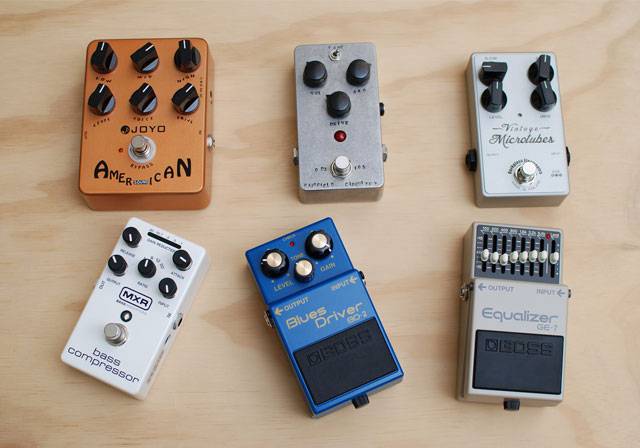
Hello! I'm Kaoru the composer!
Today I would like to talk about power supplies. When using multiple effects pedals, a power supply is pretty much a must-have item and is extremely important.
To get the best performance from your pedals, you need to select a power supply that best suits your specific setup.
In this article, I will explain everything you need to know about power supplies and introduce some recommended models!
If you're someone who cares about sound quality, this is a must-read!!
■ What is a Power Supply?
A power supply is an item that can provide power to multiple effects pedals. It is very convenient because even when using several pedals, you only need one outlet.
There are various models available from different manufacturers. Generally, power supplies can be categorized into three types:
1: Standard Type
This type uses a single regulator (power supply circuit) to provide power from multiple terminals.
2: Split Type
Power is supplied from one adapter and then branched out via cables. This type is recommended when building a compact pedalboard!
3: Isolated Type
Each terminal has its own regulator. This type is recommended for high-end models!
These are just basic categories, so please treat them as a reference!
■ What to Look for When Choosing a Power Supply?
Many beginners may not know which product is right for them. So, here are some key points to check when purchasing a power supply!
○ Check the Current Capacity
Power supplies have something called "current capacity".
In the product description on the Sound House website, you’ll often see a number expressed in A (amperes) or mA (milliamperes). This is the current capacity!
This number indicates how much current the power supply can provide to the connected effects pedals without instability.
For example, if the current capacity is 2000mA, and the total current consumption of the connected pedals exceeds 2000mA, the power supply won’t be able to provide stable power.
The current consumption varies depending on the pedal, but generally, analog pedals consume less current, while digital pedals consume more.
Most power supplies available for purchase these days have quite a high current capacity, but it’s still important to check it before buying!
○ 9V and 18V
Generally, most effect pedals operate on 9V, but there are also pedals that require 18V.
If you supply 9V power to an 18V pedal, it often won't function properly, so be careful!
○ Polarity
There are two types of polarities for pedal power supplies: center negative and center positive.
Most modern pedals operate with center negative polarity, but vintage pedals (such as older models of the RAT) use center positive!
While you can use a polarity reversing cable to easily switch the polarity, it's better to avoid doing so because it can introduce noise.
By the way, here's an example of a polarity reversing cable! ↓
VISUAL SOUND / 1SPOT CYR REVERS
Now, let's pick up some recommended products available at Sound House!
VITAL AUDIO / POWER CARRIER VA-08 MKII
This power supply features a metal body with a hairline finish, making it look really cool. It will add a touch of elegance to your effect pedalboard.
The VA-08 MKII is a power supply designed for effect pedals, with all ports isolated (independent), making it resistant to noise.
It provides 9V power with a maximum of 500mA on 6 outputs. Additionally, it offers 9V, 12V, and 18V variable outputs with a maximum of 800mA on 2 outputs, allowing it to power a wide variety of effect pedals.
The LED indicators change from power light (orange), to normal operation (green), and abnormal operation (red), making it easy to troubleshoot if any issues arise.
I highly recommend this model for guitarists and bassists alike!
There is also a version with 12 ports available:
VITAL AUDIO / POWER CARRIER VA-12
If you're thinking about building a large effect pedalboard, this one is recommended!
A lightweight and compact power supply that won't overwhelm your pedalboard.
It features five 500mA current outputs, each equipped with independent stabilization circuits and custom transformers.
This power supply is recommended for those who want to build a compact pedalboard without using 18V pedals!
Additionally, it's very durable, making it perfect for musicians who often travel with their gear for live shows or studio sessions.
CUSTOM AUDIO JAPAN / HUB-6 ver.II
A DC junction box that splits the output from a DC9V adapter or power supply.
It comes with a digital voltmeter, so you can visually check the voltage status.
By using a battery snap, you can also check the remaining charge of a 9V battery!
This power supply is packed with useful features, especially for when you need it most.
That’s all for my explanation on power supplies and the recommended products!
If you're struggling with noise, it might be a good idea to reconsider your power supply.
It's a deep and intricate topic, so don't hesitate to try different options!
The column “sound & person” is made possible by your contributions.
For more information about submissions, click here.






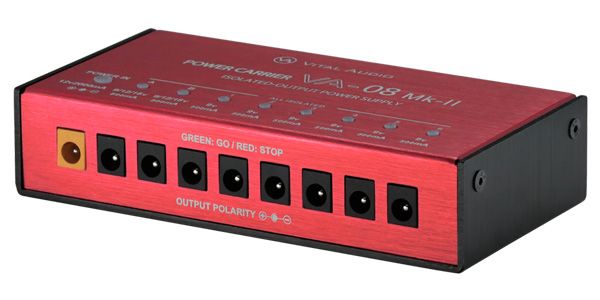
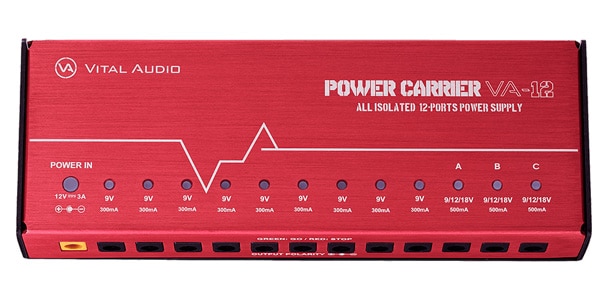
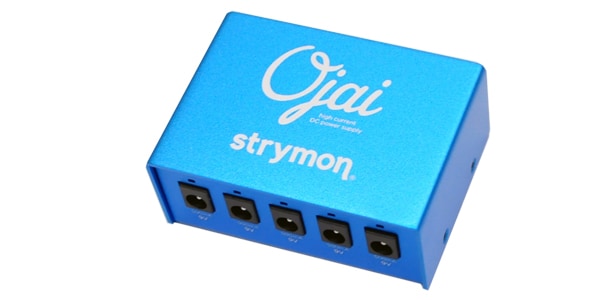
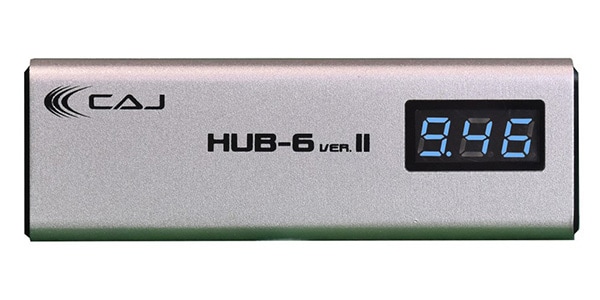


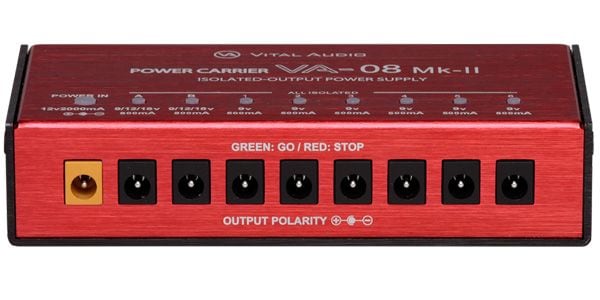







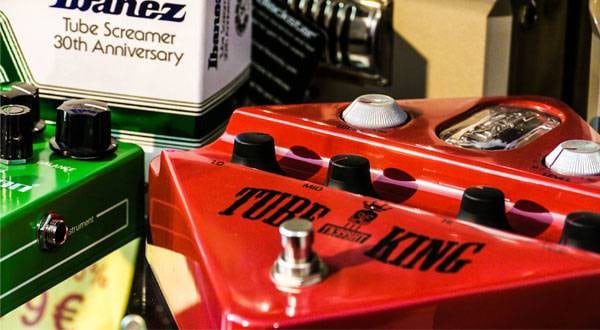
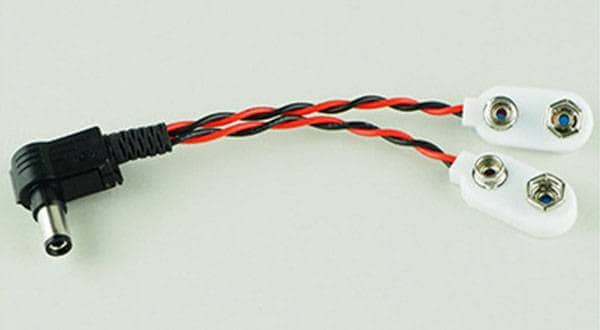
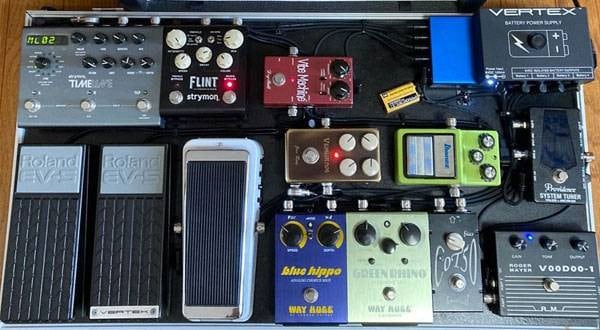


![[For Beginners] 6th Edition The Jewel Found Underfoot: A Slightly Nerdy Lecture on Effects Power Supply Adapters](/contents/uploads/thumbs/2/2019/9/20190906_2_7511_1.jpg)
 第2弾 あなたのエフェクターボード見せてください
第2弾 あなたのエフェクターボード見せてください
 【初心者向け】エフェクター講座
【初心者向け】エフェクター講座
 あなたのエフェクターボード見せてください
あなたのエフェクターボード見せてください
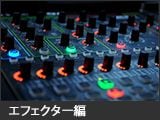 エフェクター編
エフェクター編
 エフェクターのつなぎ方
エフェクターのつなぎ方
 エフェクターの種類
エフェクターの種類















